When exploring the logistics of the trucking industry, one cannot overlook the pivotal role played by semi-trailers. These sturdy conveyances not only serve as the backbone of freight transport but also represent a significant investment for businesses, especially when considering new acquisitions. If you are asking, “How much does a new 53-foot semi-trailer cost?” you’re entering a subject coiled with complexity, variability, and essential insights designed for owners and operators yearning to optimize their business strategies.
Factors Influencing the Cost of a 53-Foot Semi-Trailer
1. Type of Trailer: Variability in Costs
The cost of a 53-foot semi-trailer can significantly vary based on the type. Below is a quick comparison of the various trailers available in this length category:
| Trailer Type | Average Cost | Usage |
|---|---|---|
| Dry Van Trailers | $50,000 – $90,000 | General freight, versatile use |
| Reefer Trailers | $60,000 – $120,000 | Temperature-sensitive cargo, perishables |
| Flatbed Trailers | $45,000 – $80,000 | Oversized loads, equipment transportation |
| Step Deck Trailers | $55,000 – $100,000 | Tall loads requiring extra height clearance |
| Tanker Trailers | $70,000 – $150,000 | Liquid transportation, fuel, chemicals |
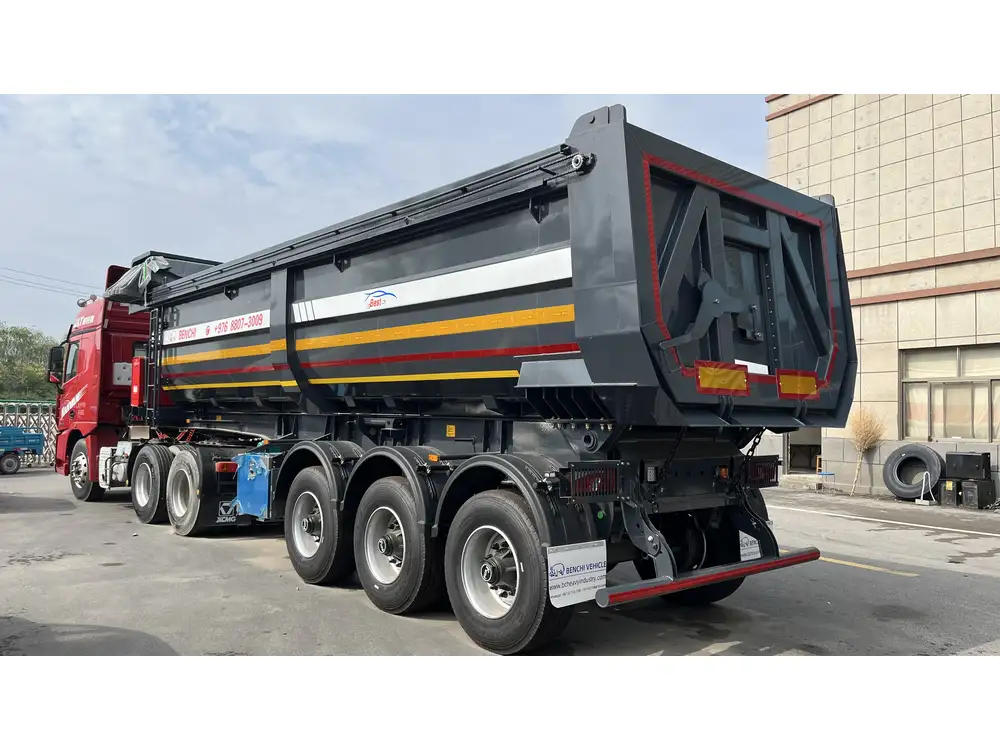
2. Material and Build Quality
The make-up of the trailer material is crucial. While most semi-trailers are constructed of high-grade steel, aluminum, or composite materials, the choice affects durability, weight, and, consequently, cost. Here’s how different materials impact expenses:
Steel: Offers strength and resilience but is heavier, affecting fuel efficiency. Average cost per trailer constructed from steel ranges from $55,000 to $85,000.
Aluminum: Lightweight and corrosion-resistant, leading to savings in fuel over time. Such trailers may run between $70,000 and $120,000.
Composite Materials: A newer option providing a balance of weight and resilience, these can start from $60,000 and go up depending on technology and design.
3. Custom Features and Specifications
Customization is often the name of the game in today’s competitive trucking industry. The inclusion of bespoke features, whether for safety, technology, or specific client needs (like air-ride suspensions or advanced tracking systems), can escalate costs steeply.
- Basic Features: Standard wiring and no extras—$50,000 and up.
- Enhanced Features: Such as GPS tracking, advanced brakes—price can surge to $100,000 and beyond.
4. Brand and Resale Value
Renowned quality brands may command higher initial costs but tend to offer greater reliability and higher resale values.
Top brands featured in the market include:
- Utility Trailer Manufacturing Company
- Wabash National Corporation
- Great Dane Trailers
- Trailmobile
Investing in dependable manufacturers translates to better service longevity and potentially lower costs over time, making your initial investment worthwhile.
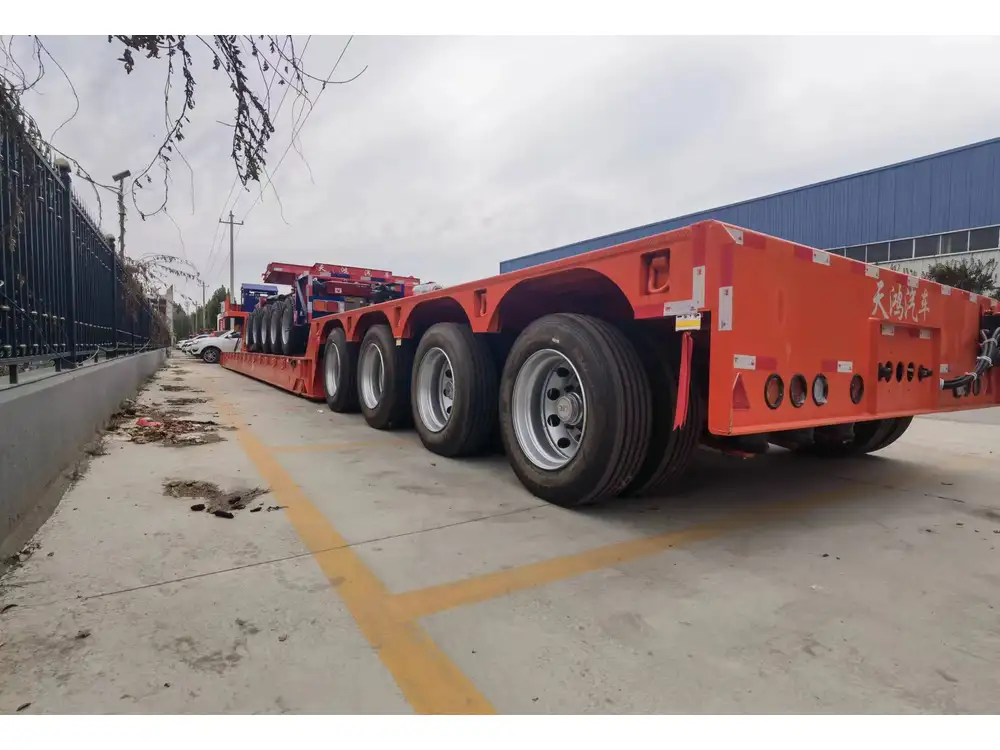
5. Market Demand and Seasonal Pricing
The supply chain landscape is not static. Seasonal demand can significantly affect trailer pricing. Higher demand during peak transport seasons, such as holiday shipping periods, may inflate costs. Conversely, during off-peak times, you might find excellent deals or discounts.
6. Financing and Leasing Options
Understanding the financial implications of investing in a 53-foot semi-trailer always pays dividends. Options include outright purchases, financing, or leasing. Each strategy carries its own cost profile and can impact your financial evaluations differently:
- Outright Purchase: Total cost, but complete ownership and equity.
- Financing: Typically involves down payments followed by manageable monthly installments, including interest rates which can range from 5% to 10%.
- Leasing: Lower upfront costs and flexibility, with options to buy upon lease expiry.
Additional Cost Considerations
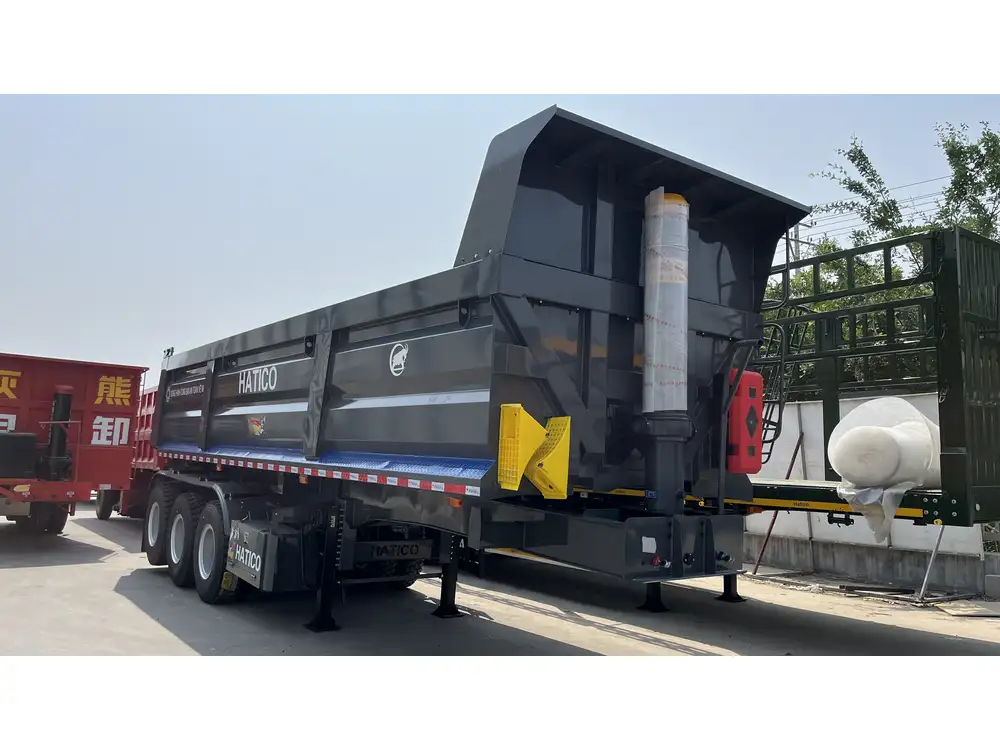
Maintenance and Repair Costs
Investing in a semi-trailer does not stop at acquisition. Routine maintenance is paramount to ensure longevity and efficiency, entailing costs associated with:
- Tire replacements: $1,000 – $2,500 per set.
- Brakes and suspension repairs: These can vary widely but budgeting approximately $2,000 annually per trailer is prudent.
- Annual inspections: Could vary from $100 to $1,000 based on locations and services needed.
Insurance Expenses
Incorporating an insurance plan for your trailer is also a financial necessity that merits attention. Insurance can range from $800 to $2,500 annually, depending on coverage levels, regions of operation, and trailer value.
Fuel Efficiency Impact
The weight and aerodynamic qualities of your trailer directly influence fuel consumption, a crucial metric in operating costs. A well-maintained, lightweight trailer can enhance fuel economy, translating to hourly rate savings of approximately 10-20% annually on fuel expenditures.
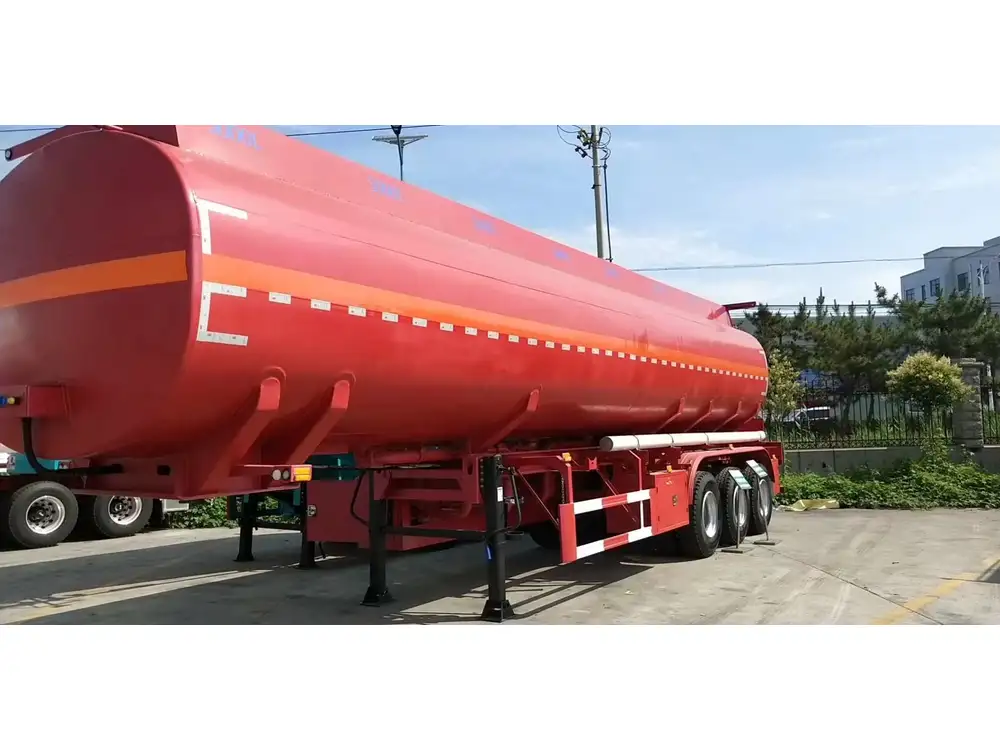
The Importance of Warranty and Support
When considering a new 53-foot semi-trailer, evaluate warranty provisions and after-sales support. Manufacturers often provide warranties lasting from 1 to 10 years, covering various components and structures. Comprehensive support, including timely repairs and parts availability, greatly enhances the investment’s value:
- Standard Warranties: Often cover structural components.
- Extended Options: Protection for wear parts—tires, brakes, etc., for additional peace of mind.
The Future of Semi-Trailers: An Eye on Technology
Investing in a new 53-foot semi-trailer today also means contemplating future advancements in trailer technology. The onset of electric trailers, automated systems, and advanced telematics are reshaping operational paradigms. Embracing these technologies can initially increase costs but promises long-term efficiency gains, predictive maintenance features, and enhanced operational visibility.
Trends to Watch:
- Telematics Integration: Enhanced tracking and operational analytics.
- Alternative Fuel Options: Adoption of electric and hybrid trailers.
- Smart Trailer Solutions: Predictive maintenance alerts and IoT capabilities.
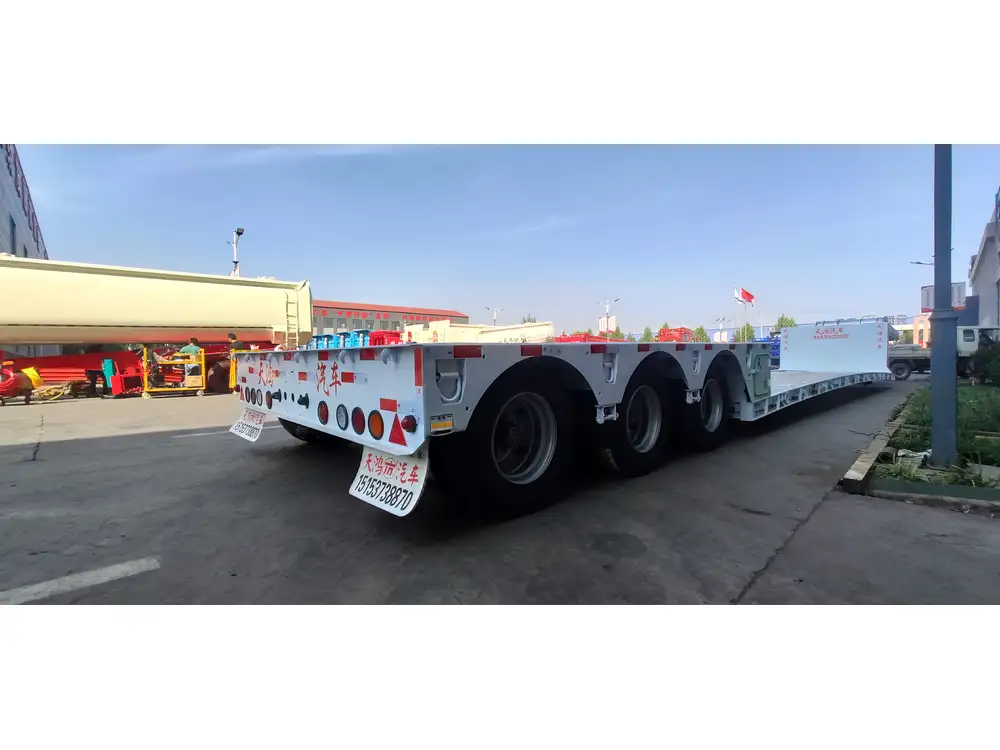
Conclusion
As we dissected the multifaceted domain surrounding the costs associated with acquiring a new 53-foot semi-trailer, it’s clear that a myriad of factors determines the final price point—from trailer type and material to market demand and technological advancements. Each component not only influences initial investment but also speaks to the broader narrative of cost efficiency within the logistics and transportation industries.
Investing in a 53-foot semi-trailer is an exercise in strategy, requiring careful consideration of current and future needs, operational costs, and technological innovation. By understanding these various elements, stakeholders can make informed decisions that maximize their return on investment while enhancing their overall operational efficiency.
Arming yourself with this knowledge enables a strategic approach in purchasing decisions—ultimately steering your business towards increased productivity, cost-effectiveness, and sustained growth in an ever-evolving market landscape.



